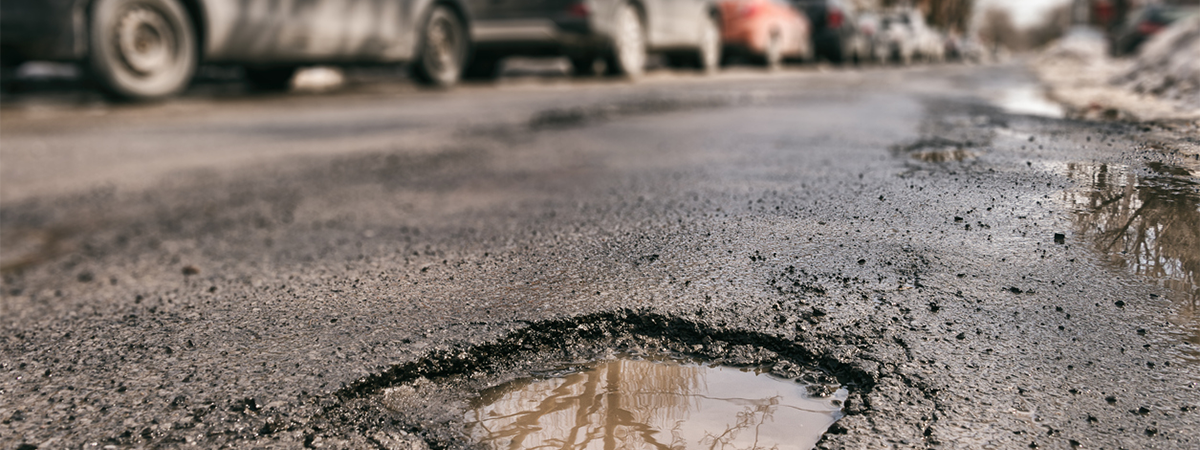
From gas prices to maintenance, car costs can quickly eat up your budget. In fact, you may find yourself paying more money annually to maintain your car than what you paid for a down payment when you purchased it.
Breaking down the costs of vehicle ownership
According to the CAA Costs Calculator, a 2016 Ford Escape SE using regular-grade fuel will cost you about $10,277 per year to operate if you’re driving approximately 20,000 km per year, with a mix of city and highway miles. That includes $3,101 towards fuel, $2,324 for maintenance, and $1,672 for insurance.
Let’s take a look at another example. Say you purchase a brand new, fully decked out 2022 RAM 1500 Limited Crew Cab SWB 4WD. Using regular-grade fuel and driving 20,000 km per year, your annual operating costs will be over $15,000, with nearly $5,000 dedicated to fuel alone.
CAA's 2021 Poor Roads Study
Vehicle owners know costs go beyond fuel. There are also hidden costs attributed to driving on poor-quality roads. According to CAA's 2021 Canadian Poor Roads Study, motorists are paying an additional $3 billion every year due to poor roadway infrastructure.
There are 156,000 km of poor and very poor roads spanning across Canada, this represents 43 percent of Canadian roads. In Ontario alone, there is more than 32,000 km of poor roads. These unmaintained roadways cause the average Canadian driver to spend an extra $126 each year on additional fuel, vehicle repairs, higher maintenance, and other operating expenses. While these costs are an average, the reality is that they are not predictable expenses that Canadian families can simply make room for in their budget. A motorist can luck out for a few years with no significant incidents, and then suddenly be hit with a major repair bill after hitting an unexpected pothole. The damage to a vehicle caused by a pothole can range from $300, with some fixes topping $6,000 depending on the make and model of the car.
Unmaintained roadways may also cause injury to other road users, including pedestrians and cyclists. Well-maintained infrastructure, like bike lanes, sidewalks and crosswalks are imperative to the safety of these users and the prevention of accidents.
Voice your road safety concerns
We know that road safety and the improvement of roadway infrastructure are managed and considered high priorities by our local governments. However, it’s up to us as road users to keep an eye out and draw attention to areas that are most in need of reconstruction.
Each spring, the CAA Worst Roads program seeks to collect feedback from road users for the purpose of reporting the most concerning road safety issues to local government officials. Driven by the needs of all road users, including those using non-motorized vehicles and pedestrians, the Worst Roads report assists CAA in advocating for the prioritization of high-priority road repairs.
CAA Worst Roads campaign
So, what is the worst road in Niagara?
The 2022 Worst Roads Campaign launched on March 22 and runs through to April 19. All Niagara residents are encouraged to share their feedback online. Votes can be submitted daily.
Cast your vote at caaworstroads.com and be entered to win FREE gas for a year!
CAA Members now save at participating Shell locations
CAA Members can now take advantage of a NEW Member Benefit! As a Member, you can save three cents per litre of fuel purchased at participating Shell locations. Swipe your CAA card at the pump or in-store, or load it into the Shell EasyPay App and tap 'Pay at the Pump' to automatically save on fuel purchases. Learn more here.
 Ontario
Ontario